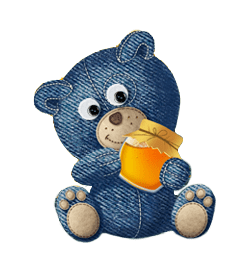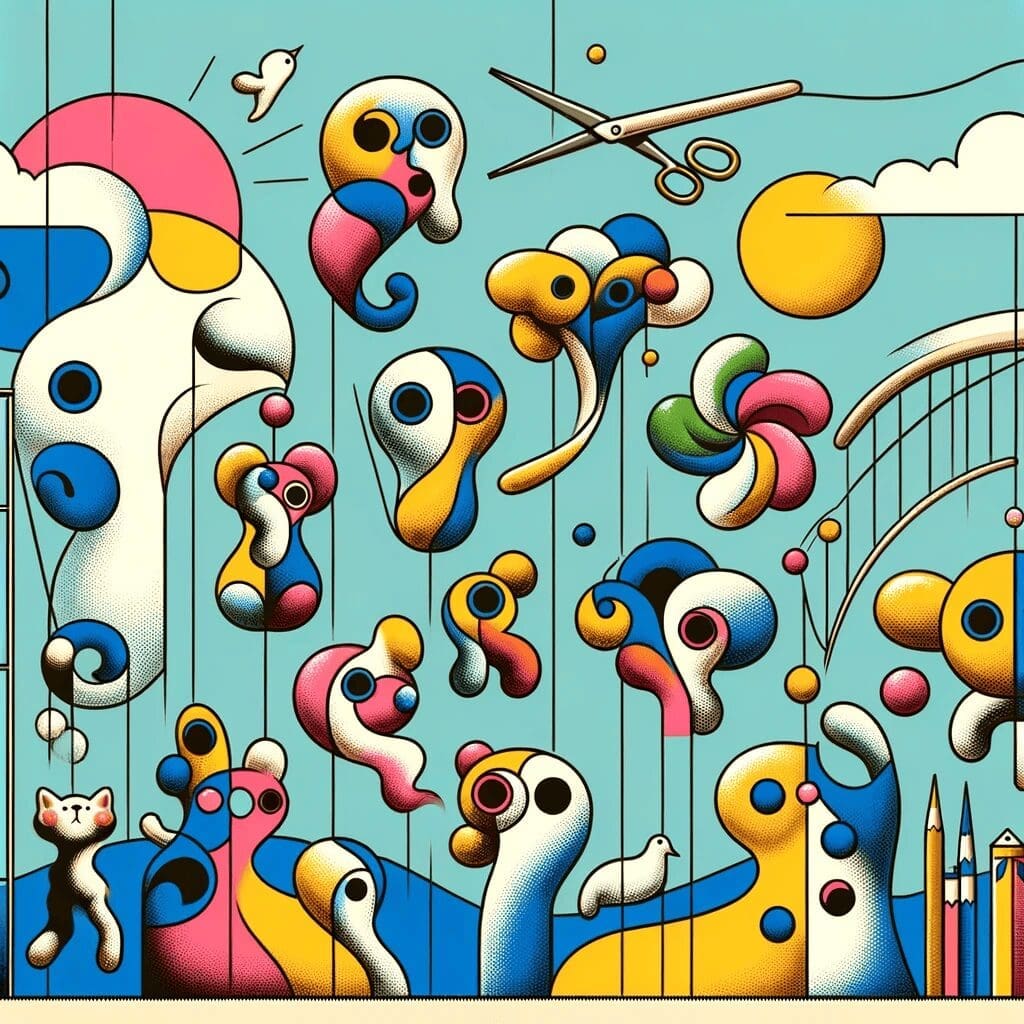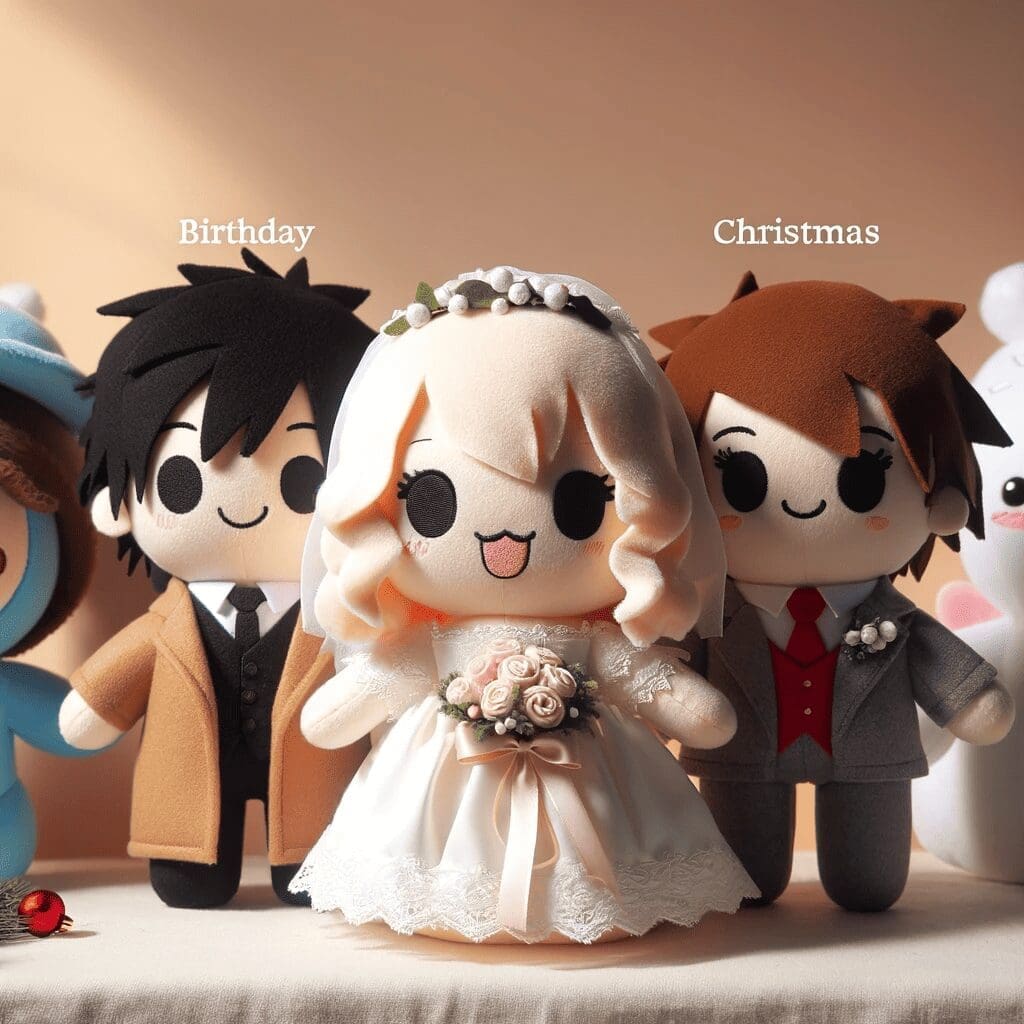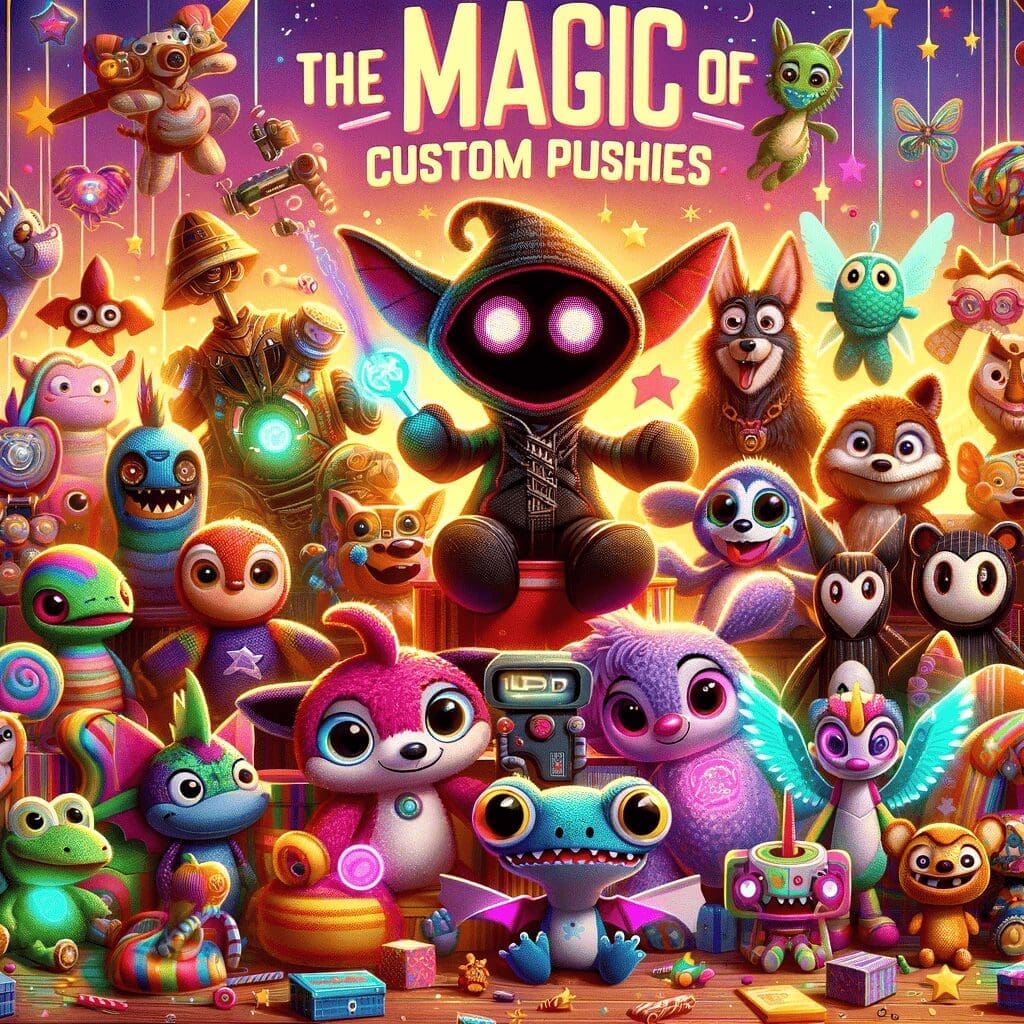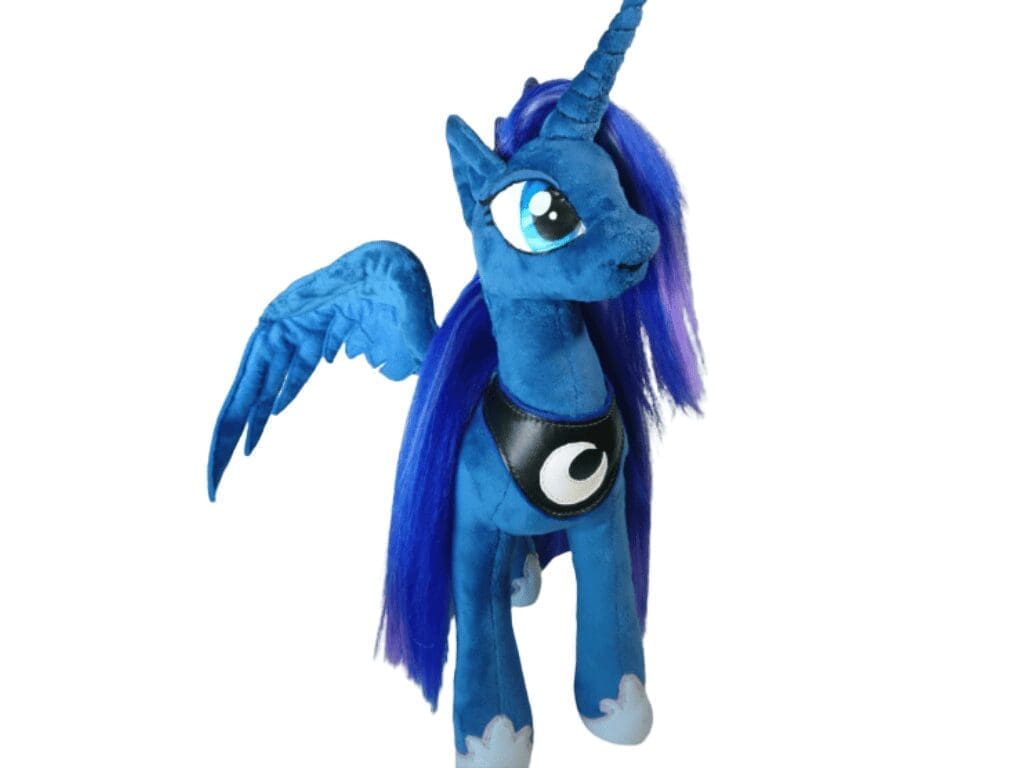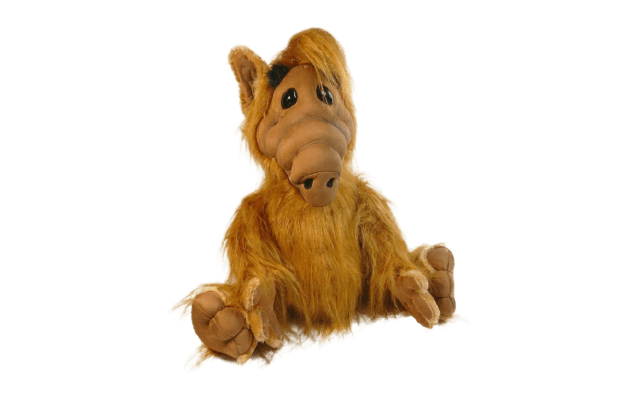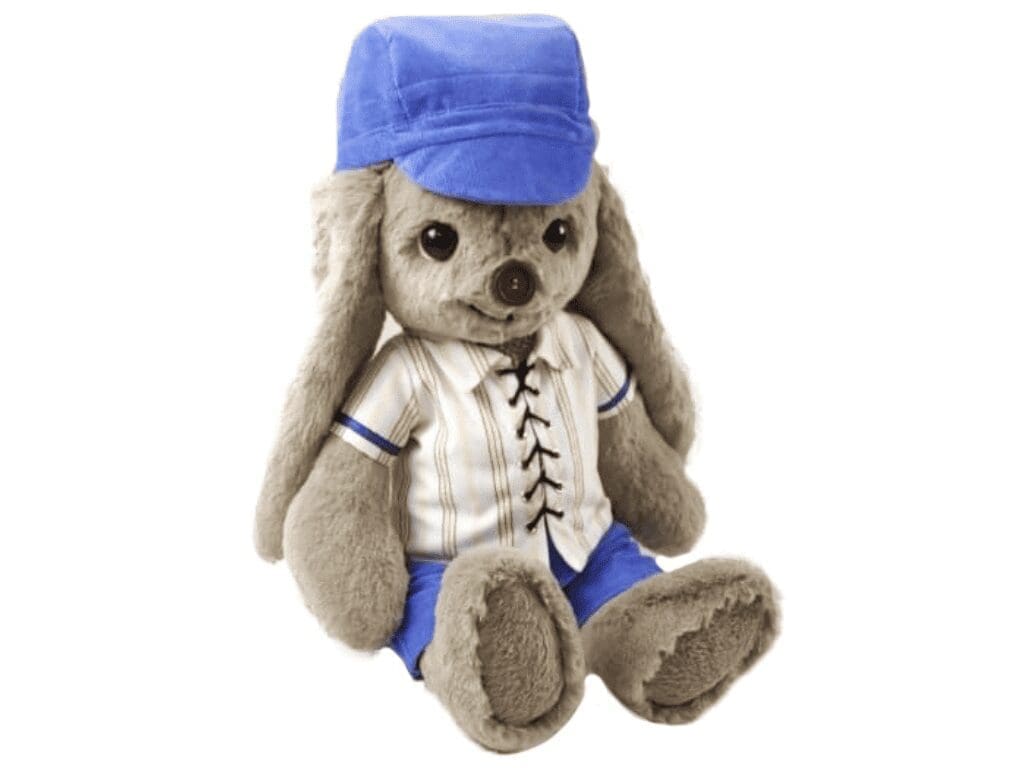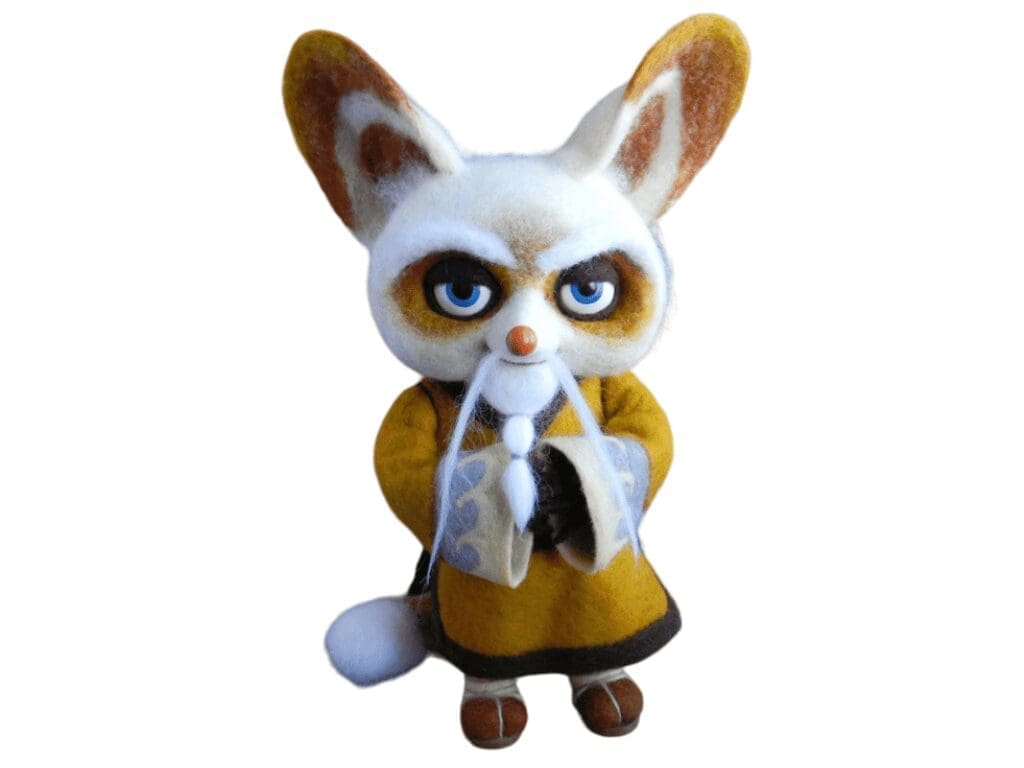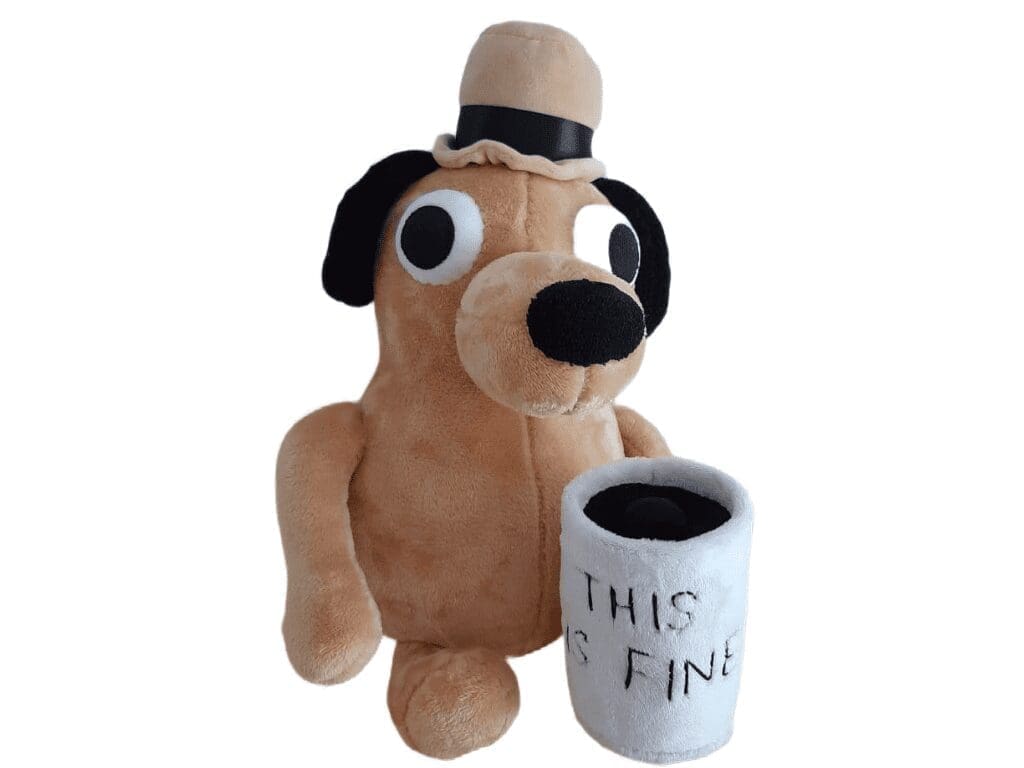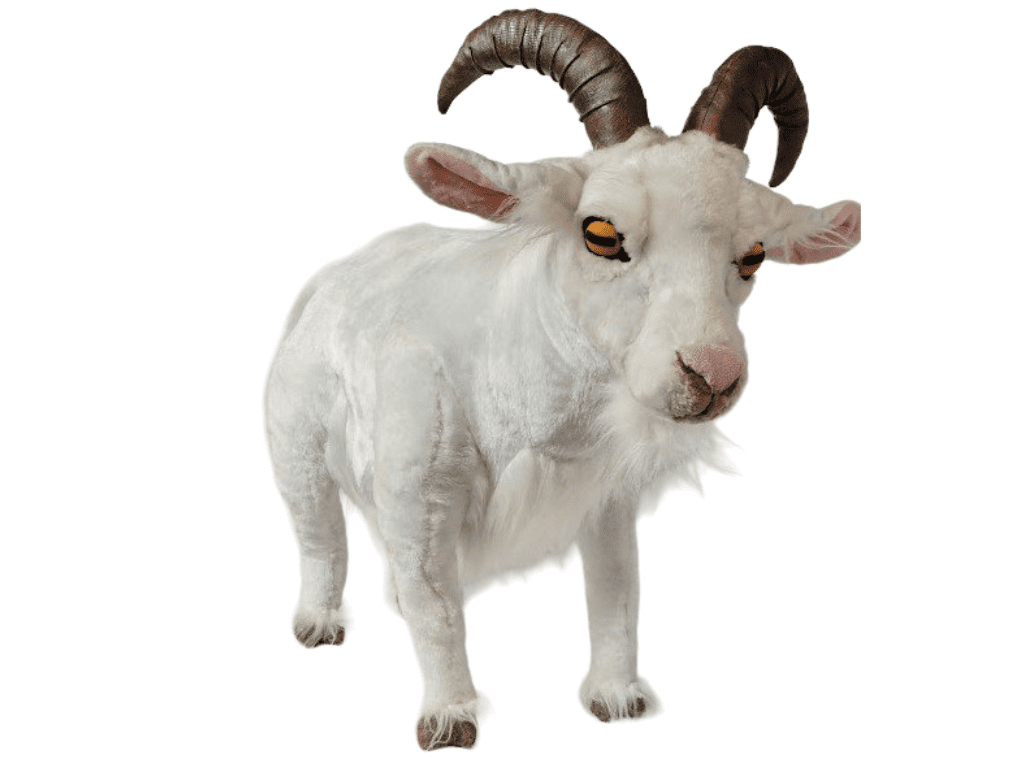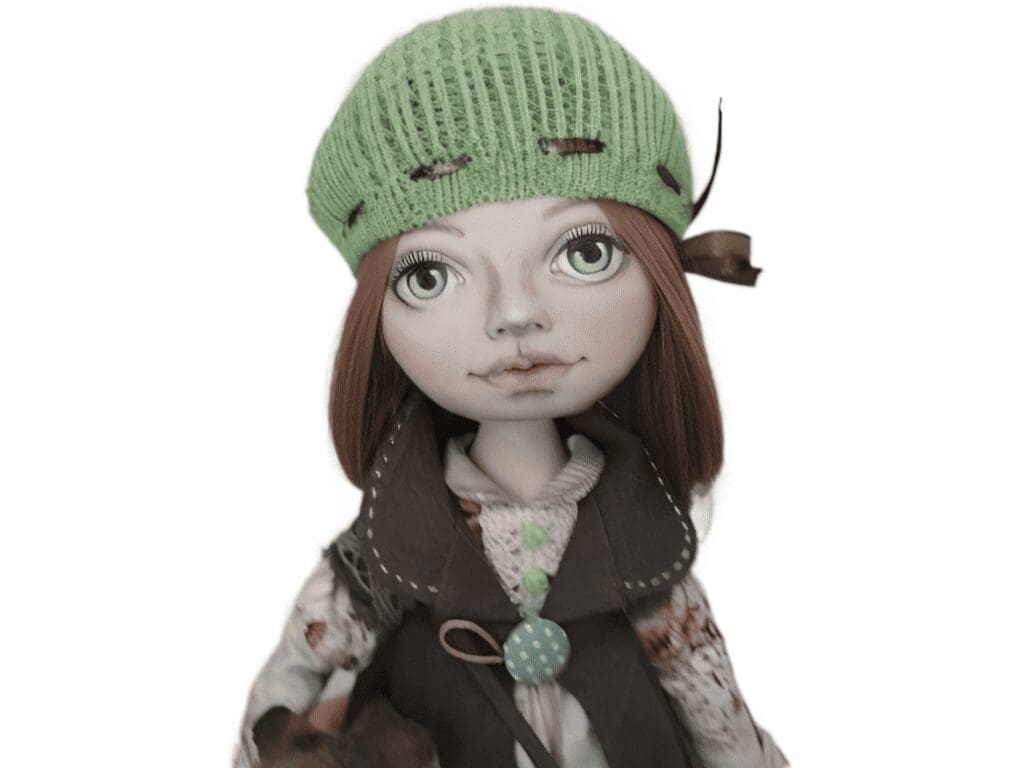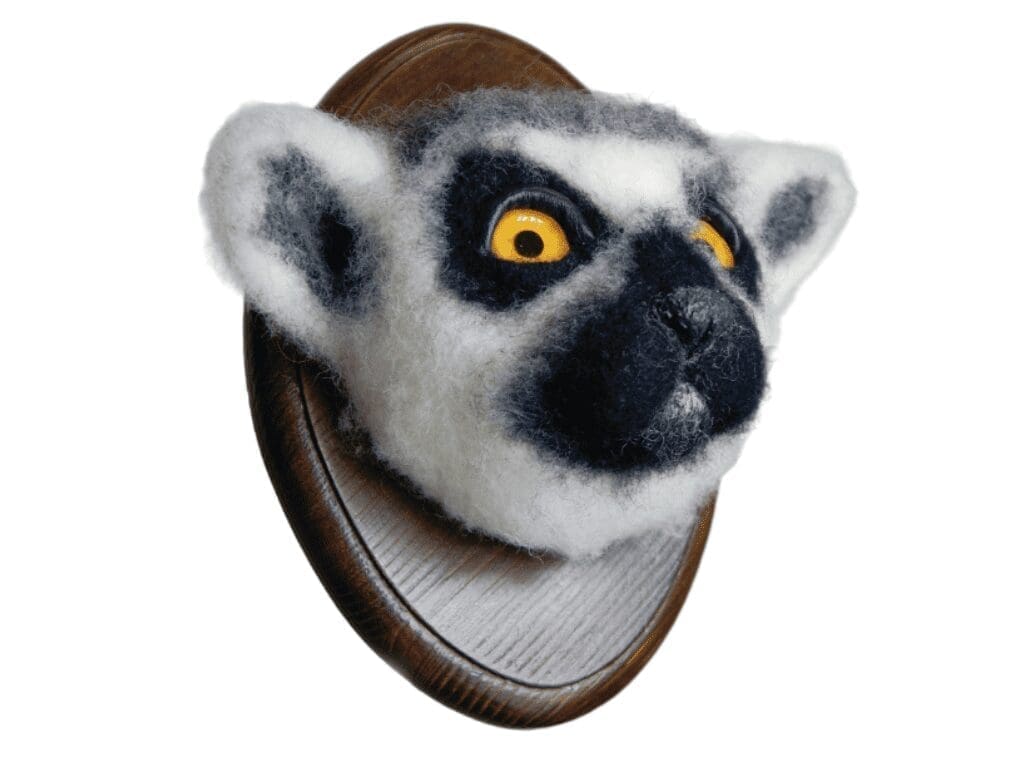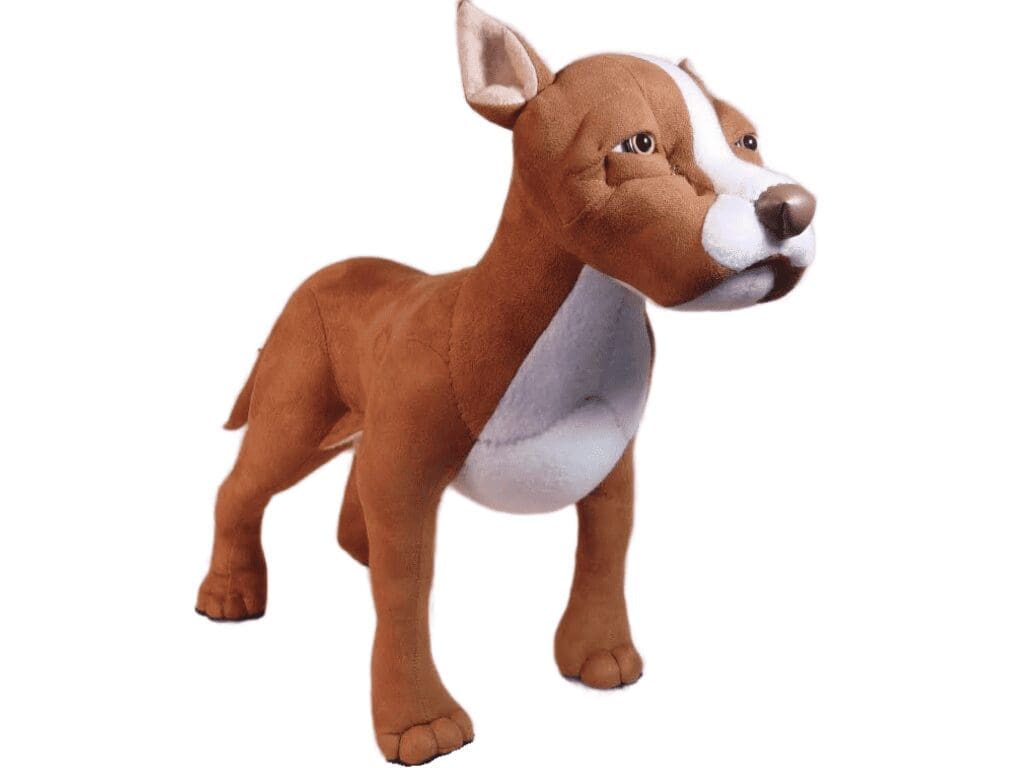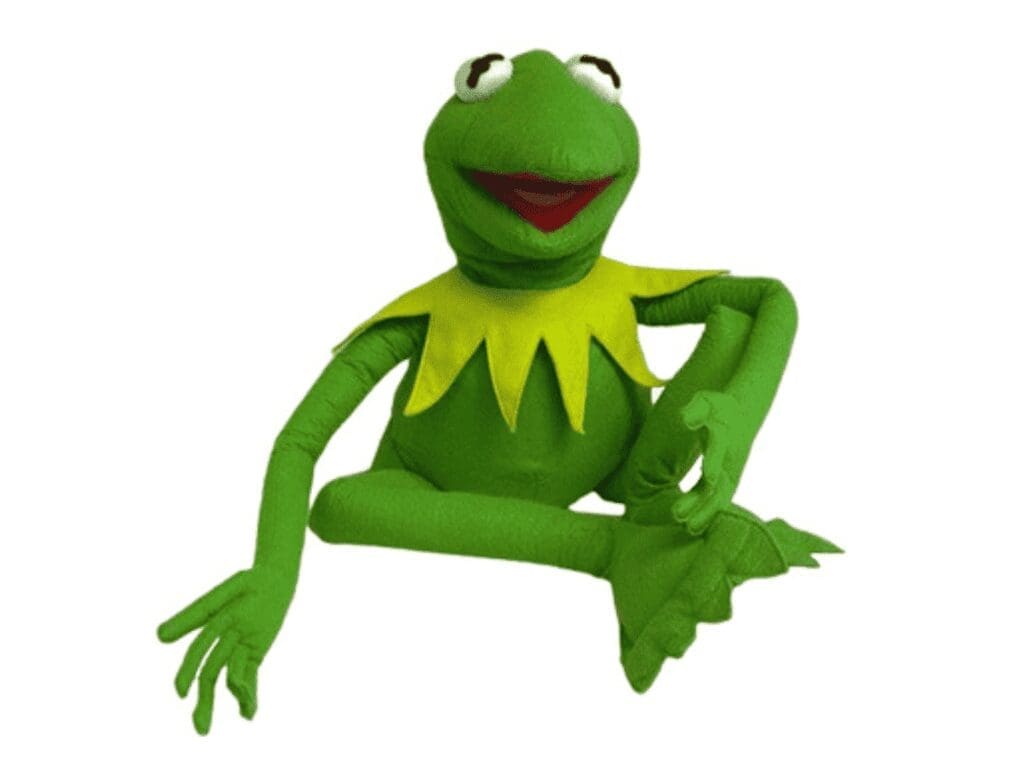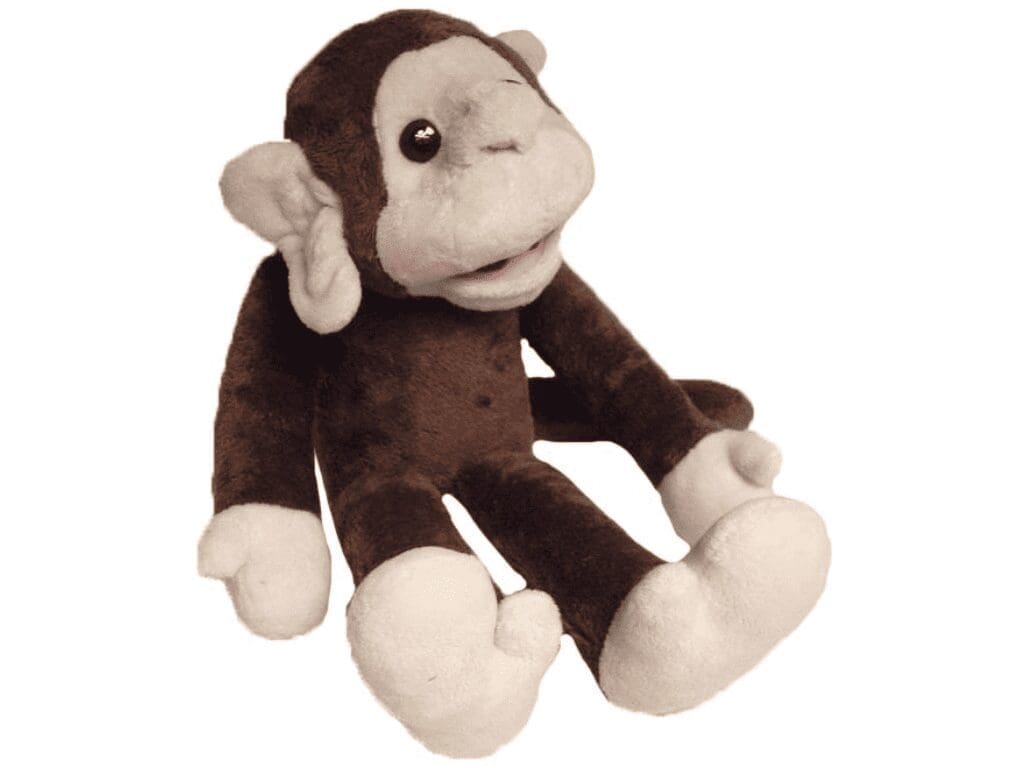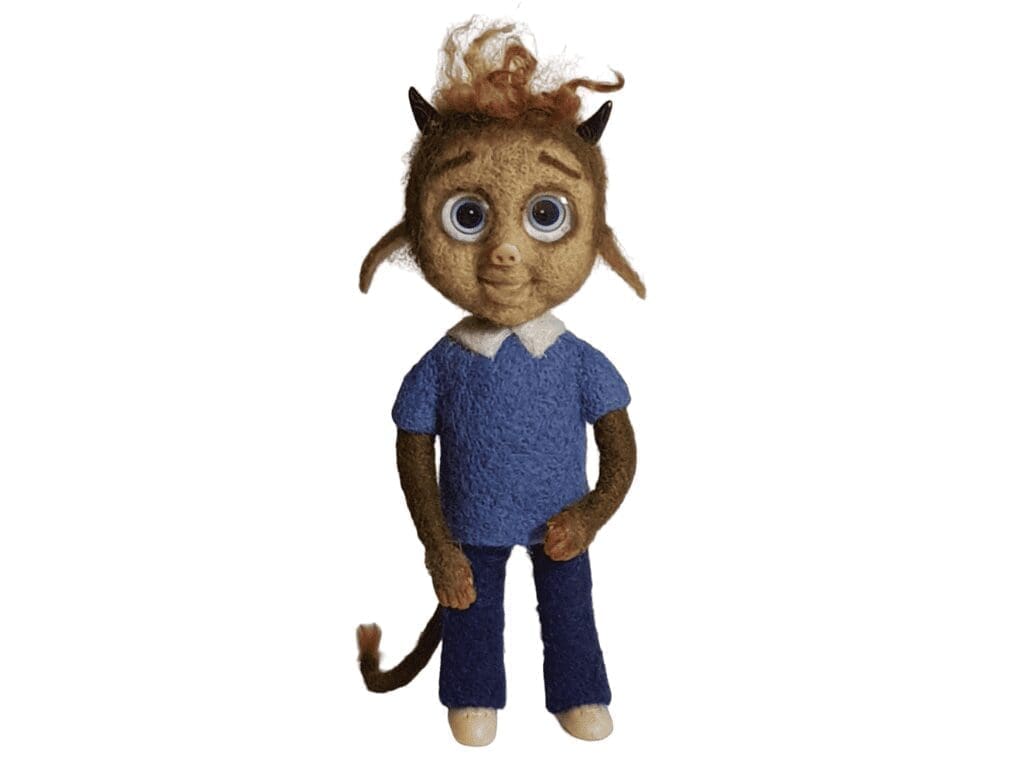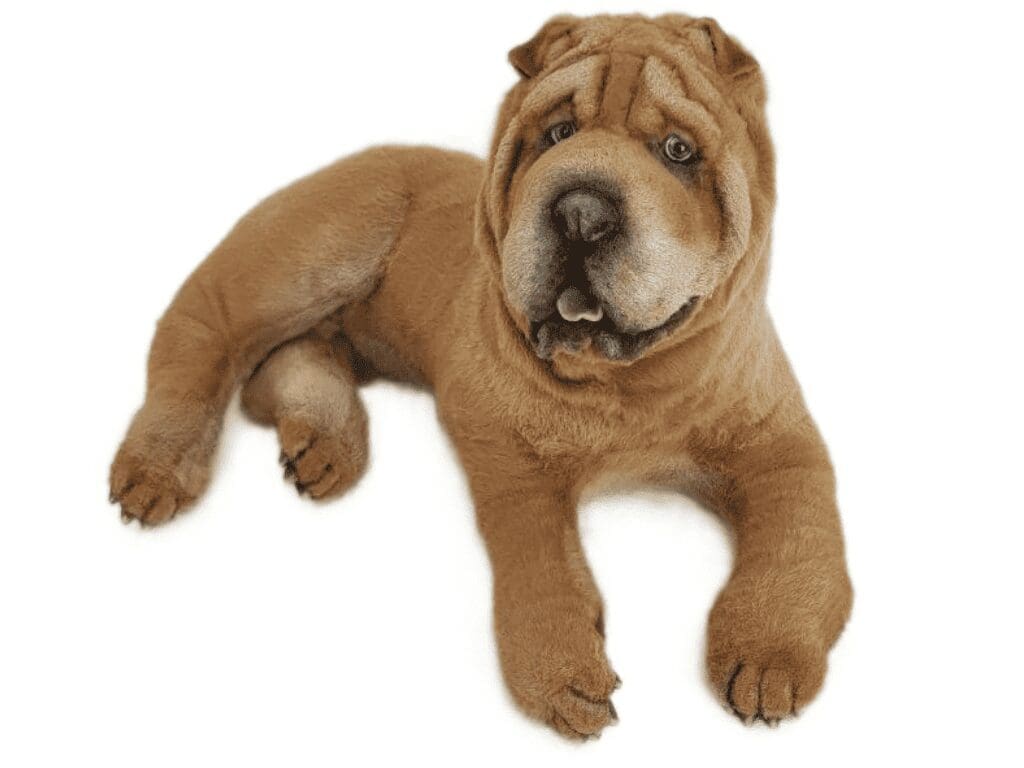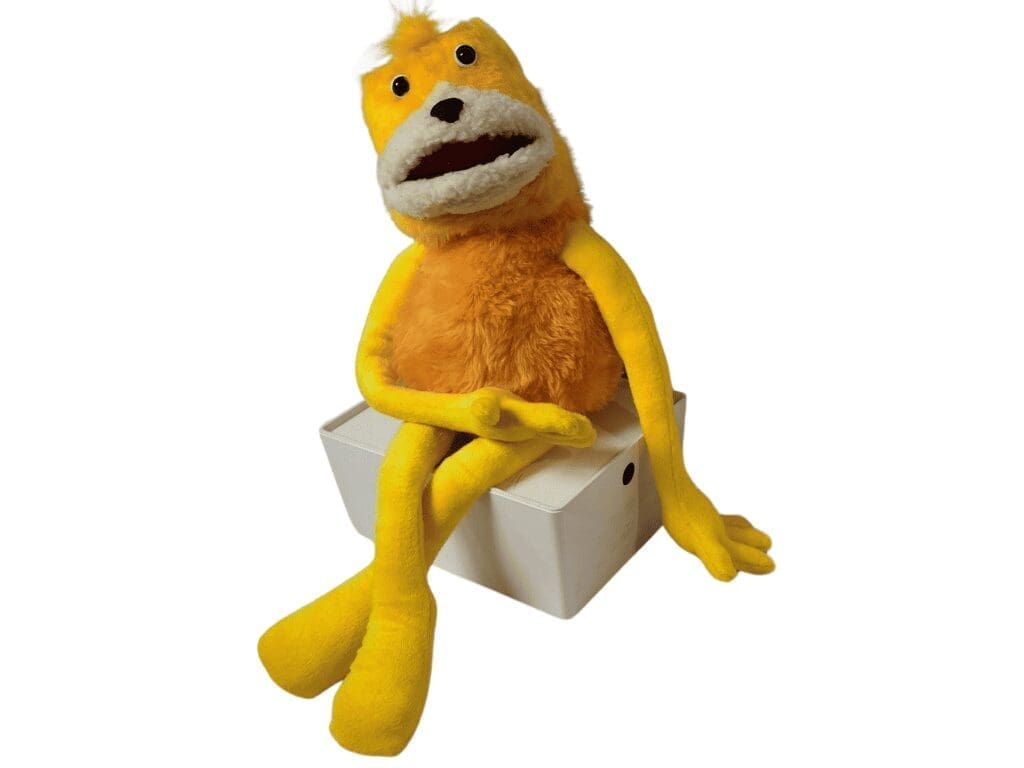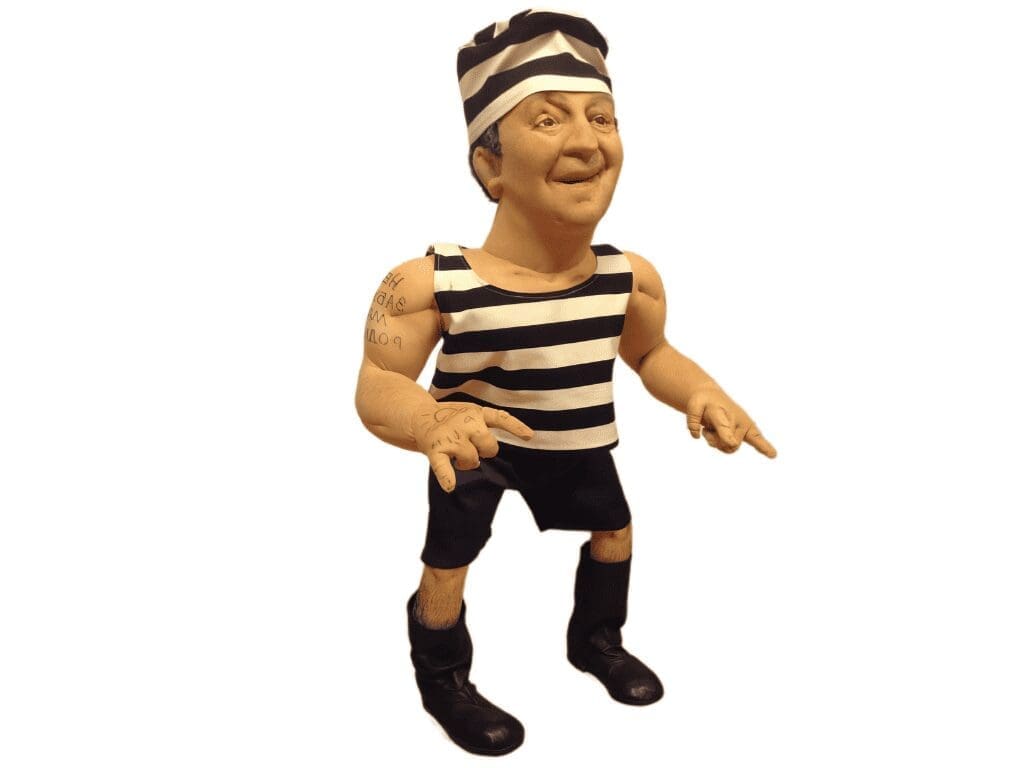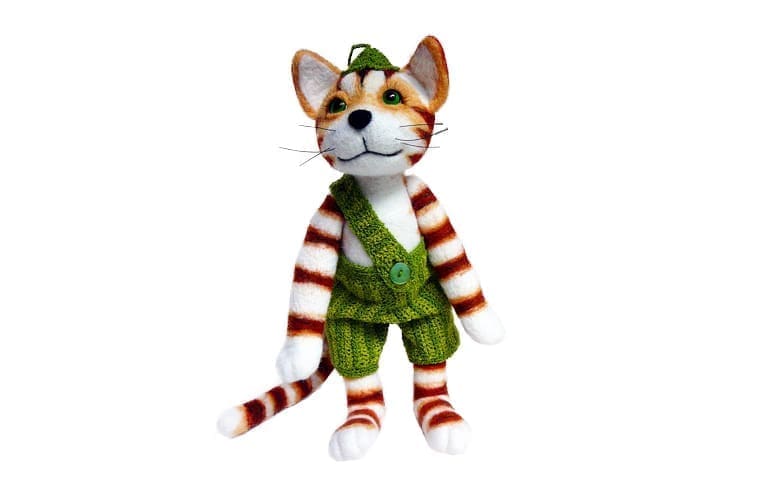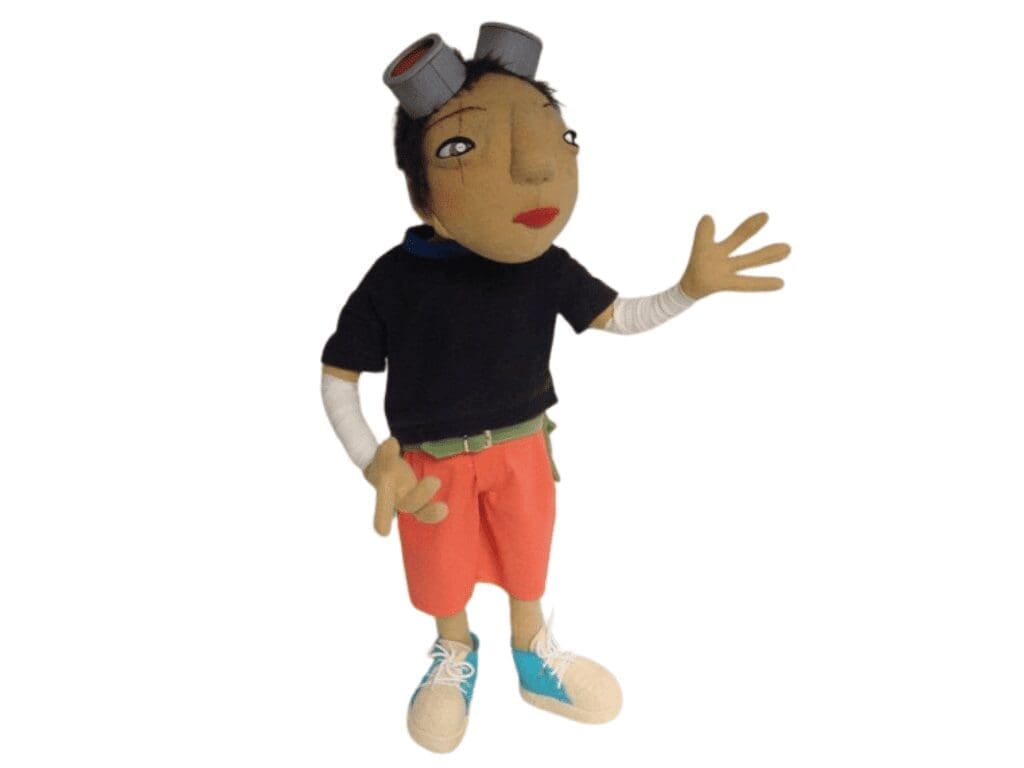In this article
Explore how uniquely crafted plushies, tailored for branding and promotional campaigns, offer an innovative and memorable approach to connecting with audiences and enhancing brand identity.
Introduction: Plushies in the World of Marketing
Custom plush toys are increasingly becoming a popular tool in branding and promotional activities. These bespoke toys, made to order according to the specific needs and wishes of a client, offer a unique and engaging way to represent a brand. They can be tailored to incorporate any functionality, or even to interpret existing characters in a way that aligns with a company’s branding strategy.
Tailoring to Brand Identity: Crafting a Plush Persona
When it comes to using custom plush toys for branding, the key lies in meticulously tailoring them to resonate with a brand’s identity. This process is both an art and a science, involving a deep understanding of the brand’s ethos, values, and target audience. Let’s delve deeper into how this is achieved:
Understanding the Brand Essence
The journey begins with a thorough exploration of the brand’s core. What does the brand stand for? Who is its audience? These questions guide the initial design concepts. The aim is to create a plushie that not only represents the brand visually but also embodies its spirit.
Design Elements Aligned with Branding
Every aspect of the plush toy, from its colors and textures to its shape and size, is chosen to align with the brand’s visual identity. For instance, a tech company might opt for sleek, modern designs, while a children’s brand might favor bright, playful colors and soft textures. The goal is to make the plush toy instantly recognizable as a part of the brand’s family.
Incorporating Logos and Taglines
A subtle yet effective way to enhance brand recognition is by incorporating the company’s logo or tagline into the plush toy design. This could be through embroidery, tags, or printed fabric. The placement of these elements is crucial; it should be visible but not overpowering, ensuring the plushie remains appealing and cuddly.
Customization for Different Campaigns
Brands often run various marketing campaigns throughout the year. Custom plushies offer the flexibility to adapt to these campaigns. For example, a Christmas-themed plushie for the holiday season or a special edition plushie to commemorate an anniversary or a product launch. These limited editions can become collector’s items, adding value to the brand’s promotional efforts.
Quality and Safety Standards
Maintaining high-quality standards is paramount, as the plush toy is a reflection of the brand’s commitment to excellence. Safe, durable materials are chosen to ensure the plushies meet safety regulations, particularly if they are intended for children. The quality of the toy leaves a lasting impression on the consumer, synonymous with the brand’s reputation.
Final Thoughts
In summary, tailoring custom plush toys to a brand’s identity is a multifaceted process. It requires creativity, attention to detail, and a deep understanding of branding principles. When done right, these plushies become more than just promotional items; they become ambassadors of the brand, leaving a lasting emotional imprint on the consumer.
Versatile Functionality: Enhancing Brand Engagement with Custom Plush Toys
The versatility of custom plush toys in branding goes beyond their visual appeal; it’s about incorporating functionalities that can elevate a brand’s engagement with its audience. Let’s explore how different features can be integrated into plush toys to make them not just a promotional item, but an interactive experience for the user.
Interactive Features
- Sound Modules: By embedding sound chips, plush toys can deliver audio messages, music, or brand jingles. This sensory feature creates an auditory connection with the brand, making the experience more memorable.
- Light-Up Elements: Incorporating LED lights can transform a plush toy into an eye-catching item. Lights can be used to highlight brand colors, logos, or even to create patterns that attract attention.
- Movement Mechanics: Adding simple mechanical elements that allow the plush toy to move or change posture can increase its interactivity. This could be as simple as a plushie that waves or nods, adding a dynamic element to the static toy.
Educational Aspects
Educational functionality can be particularly effective for brands targeting families or children. Plush toys can be designed to teach basic concepts, languages, or even brand-related information through interactive play.
Customized Tech Integration
Advances in technology open up possibilities like incorporating Bluetooth connectivity, allowing the plush toy to interact with smart devices. This can enable features like playing personalized messages from a mobile app or reacting to content on a brand’s website or social media platform.
Sensory Experience
Different textures, materials, and fillings can be used to make the plush toy a multi-sensory experience. This aspect is crucial for creating a tangible and comforting connection with the brand, especially important in toys for young children.
Eco-Friendly Options
Integrating eco-friendly features, such as using recycled materials or non-toxic fabrics, can appeal to environmentally conscious consumers. This aligns the brand with values of sustainability and social responsibility.
Personalization
Personalization is a powerful tool in branding. Custom plush toys can be personalized for individual customers or segments, creating a deeper emotional bond. This could include the ability to customize the toy’s clothing, add names, or select colors.
A Multi-Dimensional Marketing Tool
Incorporating versatile functionalities into custom plush toys opens a realm of possibilities for brands to engage with their audience in innovative ways. These functionalities make the plush toys not just a keepsake but an interactive and immersive representation of the brand, deepening customer engagement and enhancing the overall impact of marketing campaigns.
Interpretations and Adaptations: Breathing New Life into Mascots and Characters
When it comes to branding, custom plush toys offer a unique opportunity to creatively reinterpret and adapt existing characters or mascots. This chapter explores how these plushies can be transformed to align with branding goals, making them an integral part of a company’s marketing and promotional strategy.
Reimagining Brand Mascots
- Modernizing Mascots: Sometimes, a brand’s mascot may need a modern touch to stay relevant. Custom plush toys can be designed to give these mascots a contemporary look while retaining their original charm. This could involve updating their outfits, colors, or even their expressions to align with current trends.
- Themed Variations: Creating different versions of a mascot for various occasions or seasons (like a holiday-themed mascot) can keep the brand fresh in the minds of consumers. It also provides opportunities for limited-edition releases, which can be highly sought after by collectors.
Adapting Popular Characters
- Brand Alignment: If a brand chooses to use popular characters, it’s crucial to adapt them in a way that reflects the brand’s values and messaging. This might involve customizing the character’s appearance to include brand colors, logos, or other identifying elements.
- Collaborative Spin-offs: Collaborations with artists or other brands can lead to unique spin-offs of well-known characters, infused with the brand’s essence. This not only attracts fans of the original character but also introduces them to the brand in a creative way.
Storytelling through Plushies
Custom plush toys can be powerful storytelling tools. By creating a narrative around the mascot or character, brands can engage their audience on a deeper level. This storytelling can be integrated into marketing campaigns, social media, or even interactive tags on the plushies themselves.
Sensitivity to Intellectual Property
When adapting existing characters, it’s important to navigate intellectual property rights carefully. Ensuring proper licensing and agreements are in place is crucial to avoid legal complications and maintain brand integrity.
Customizable Features for Engagement
Offering customizable features, such as detachable clothing or accessories, can increase customer engagement. This allows the audience to interact with the plush toy in a personal way, creating a deeper connection with the brand.
Leveraging Nostalgia
Nostalgia is a powerful emotion, and when classic characters are reimagined as plush toys, they can evoke fond memories in consumers. This connection can be leveraged to create a positive association with the brand.
A Canvas for Creativity
In summary, the interpretation and adaptation of characters and mascots into custom plush toys offer brands a canvas for creativity and innovation. By modernizing mascots, adapting popular characters, and leveraging the power of storytelling, brands can create memorable and impactful marketing tools that resonate deeply with their audience.
Custom Patterns for Mass Production: Scaling Personalization
Creating custom plush toys for branding and promotion often involves scaling up from unique designs to mass production. This chapter delves into how custom patterns play a crucial role in this process, ensuring consistency, quality, and scalability while maintaining the personalized touch that makes these plush toys so effective for branding.
Designing for Reproducibility
- Standardization of Designs: The transition from a bespoke plush toy to a mass-produced item starts with standardizing the design. This involves creating a blueprint that can be replicated efficiently without losing the charm and distinctiveness of the original design.
- Creating Custom Patterns: Custom patterns are developed for each part of the plush toy. These patterns serve as templates for cutting fabric and assembling the toys, ensuring that every unit produced is identical to the prototype and consistent in quality.
Balancing Uniqueness with Manufacturability
- Simplifying Complex Designs: While maintaining the unique features that represent the brand, some elements of the design may need to be simplified to suit large-scale production. This balance is key to keeping the essence of the brand while ensuring the toys can be produced in large quantities.
- Material Selection for Mass Production: Choosing materials that are readily available and suitable for large-scale manufacturing is crucial. This includes considering factors like fabric durability, ease of care, and safety standards, especially for toys meant for children.
Quality Control in Production
- Ensuring Consistency: Regular quality checks are essential to ensure that each plush toy meets the set standards. This includes monitoring the stitching, fabric quality, color accuracy, and any integrated functionalities like sound or movement.
- Safety Compliance: Compliance with safety standards is paramount, especially when the toys are intended for a wide audience. This involves using non-toxic materials, ensuring secure stitching, and embedding any electronic components safely.
Scaling Up Production
- Partnering with Manufacturers: Collaborating with experienced manufacturers who can handle large-scale production without compromising on quality is vital. The manufacturer must understand the brand’s vision and be able to translate it into a mass-produced product.
- Logistics and Distribution: Efficient logistics are key to ensuring that the plush toys are distributed effectively. This includes planning for storage, handling, and shipping, particularly if the toys are part of a time-sensitive marketing campaign.
The Art of Scalability
In conclusion, transforming custom plush toy designs into patterns suitable for mass production is an art that requires careful planning, attention to detail, and a deep understanding of manufacturing processes. By striking the right balance between uniqueness and manufacturability, brands can effectively use plush toys as a scalable tool in their branding and promotional activities, reaching a wider audience without losing the personal touch that makes these toys so special.
Enhancing Customer Engagement
Custom plush toys are not just promotional items; they’re tools for building deeper emotional connections with customers. Their tangible nature makes them more personal and engaging compared to traditional marketing materials. As a result, they can play a significant role in customer retention and brand loyalty.
Conclusion: A Unique Approach to Branding
In conclusion, custom plush toys offer a unique, versatile, and effective approach to branding and promotion. By aligning with a brand’s identity, incorporating interactive functionalities, and being adaptable for mass production, they provide a distinctive and memorable way to engage with customers and strengthen a brand’s presence in the market.
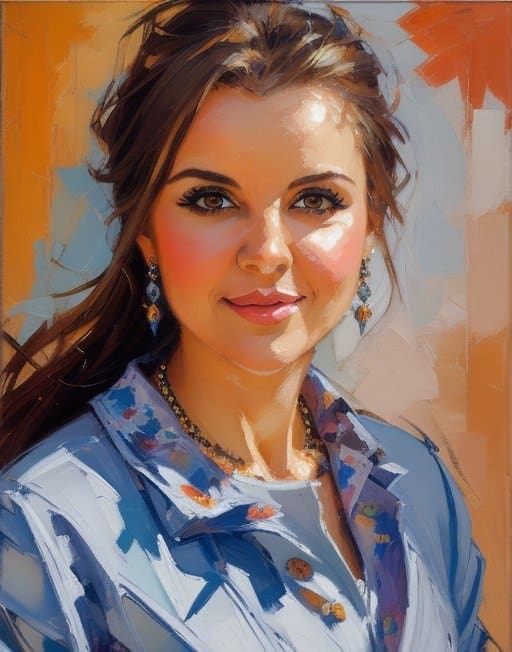
ABOUT THE AUTHOR
Hello! I’m Eliza Grace, a dedicated toy designer with over 5 years of experience in the industry. My passion lies in designing toys that captivate and inspire. Through this blog, I aim to share my knowledge and enthusiasm, helping others explore the wonderful world of toy design.
YOU MAY ALSO LIKE
send us any art or photo and
we turn it into a plush toy
We meticulously craft toys from images, drawings, or prototypes. Just send us a picture, and we’ll bring to life a custom soft toy tailored to your exact specifications
More Toy Types Crafted by Us
A Wide Array of Designs and Functions

